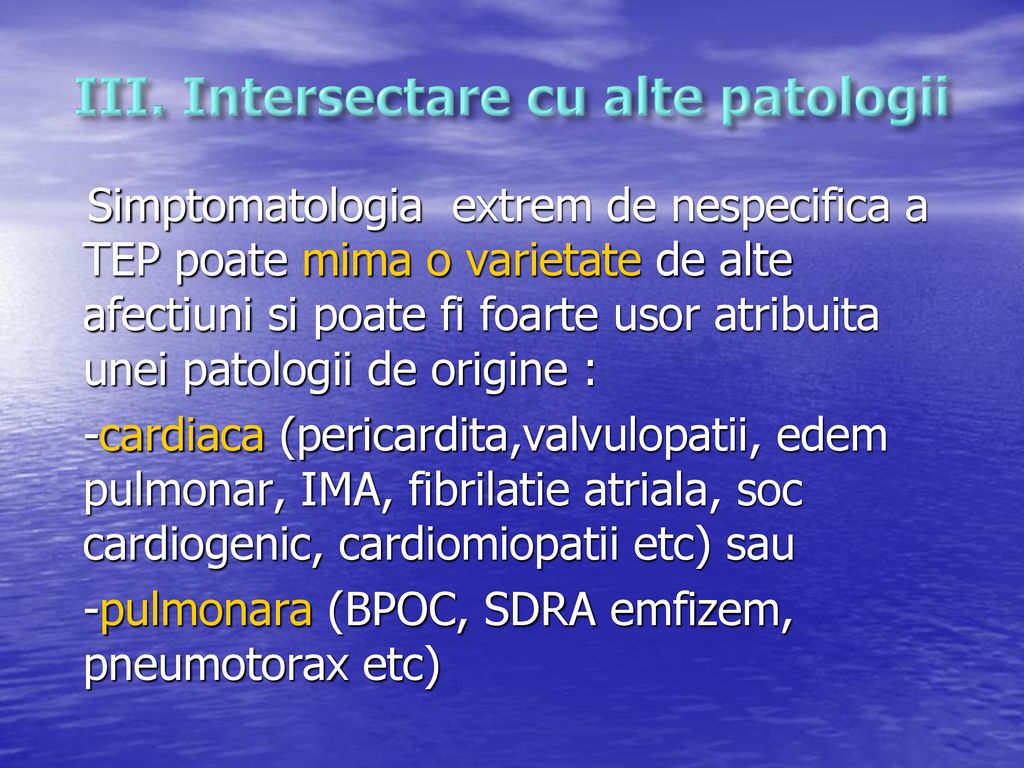

There is also a significant increase in left ventricular afterload, which causes a decreased cardiac output. The negative pressure causes a significant increase in preload, thereby increasing pulmonary blood volume. Negative pressure pulmonary edema has an incidence in the range of 0.05-0.1% for general anesthesia. Negative pressure pulmonary edema in which a significant negative pressure in the chest (such as from an inhalation against an upper airway obstruction) ruptures capillaries and floods the alveoli.Hypertensive crisis can cause pulmonary edema as the elevation in blood pressure and increased afterload on the left ventricle hinders forward flow and causes the elevation in wedge pressure and subsequent pulmonary edema.Congestive heart failure which is due to the heart's inability to pump the blood out of the pulmonary circulation at a sufficient rate resulting in elevation in wedge pressure and pulmonary edema – this may be due to left ventricular failure, arrhythmias, or fluid overload, e.g., from kidney failure or intravenous therapy.By convention cardiogenic refers to left ventricular causes. Broadly, the causes of pulmonary edema can be divided into cardiogenic and non-cardiogenic. When directly or indirectly caused by increased left ventricular pressure pulmonary edema may form when mean pulmonary pressure rises from the normal of 15 mmHg to above 25 mmHg. This damage may be direct injury or injury mediated by high pressures within the pulmonary circulation. Ĭlassically it is cardiogenic (left ventricular) but fluid may also accumulate due to damage to the lung. The term edema is from the Greek οἴδημα ( oidēma, "swelling"), from οἰδέω ( oidéō, "(I) swell"). It is a cardinal feature of congestive heart failure. Pulmonary edema, especially when sudden (acute), can lead to respiratory failure or cardiac arrest due to hypoxia. Treatment is focused on three aspects: firstly improving respiratory function, secondly, treating the underlying cause, and thirdly avoiding further damage to the lung. It is due to either failure of the left ventricle of the heart to remove blood adequately from the pulmonary circulation (cardiogenic pulmonary edema), or an injury to the lung tissue or blood vessels of the lung (non-cardiogenic pulmonary edema). It leads to impaired gas exchange and may cause respiratory failure. Pulmonary edema (PE), also known as pulmonary congestion, is liquid accumulation in the tissue and air spaces of the lungs. Pulmonary edema with small pleural effusions on both sides


 0 kommentar(er)
0 kommentar(er)
